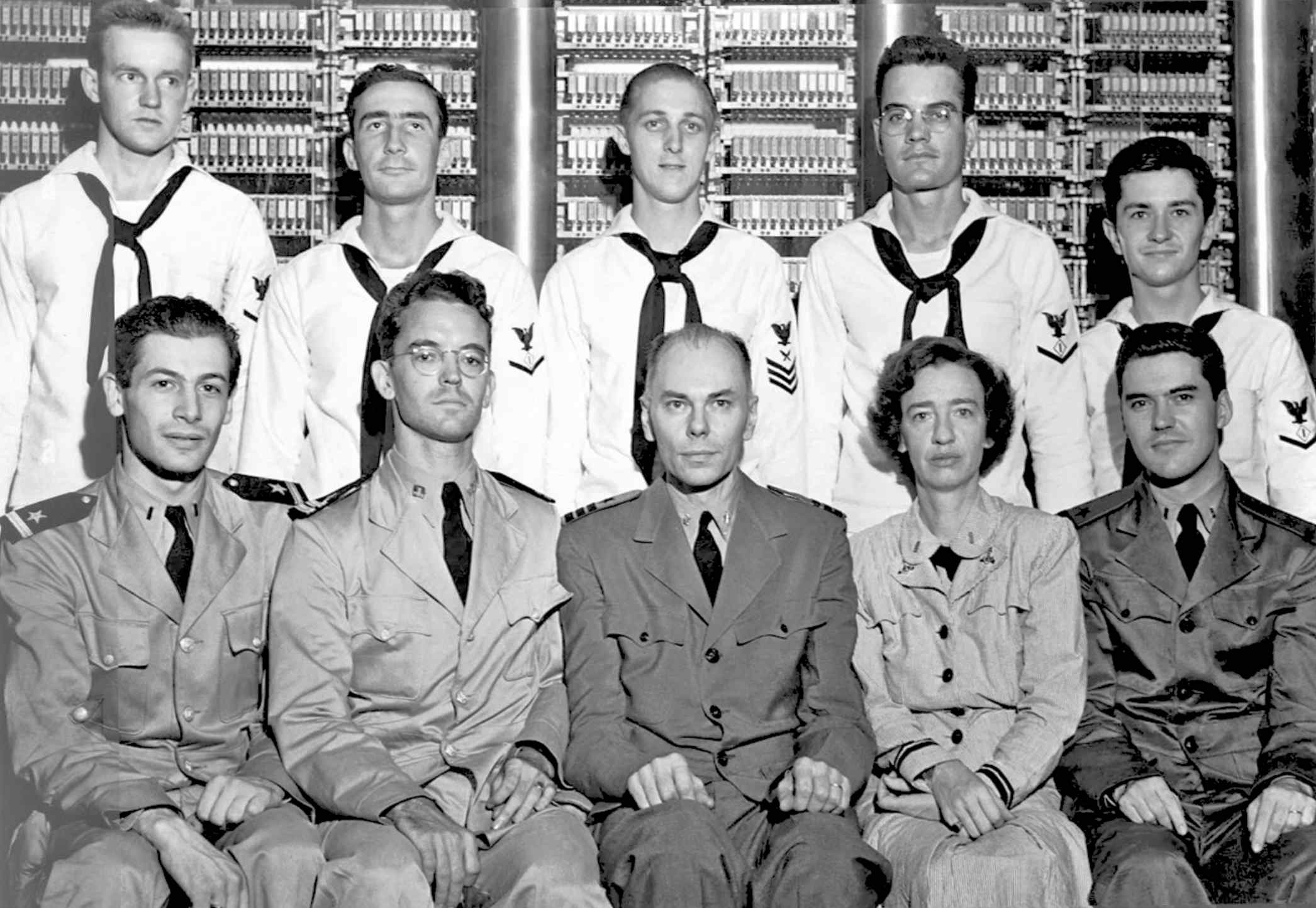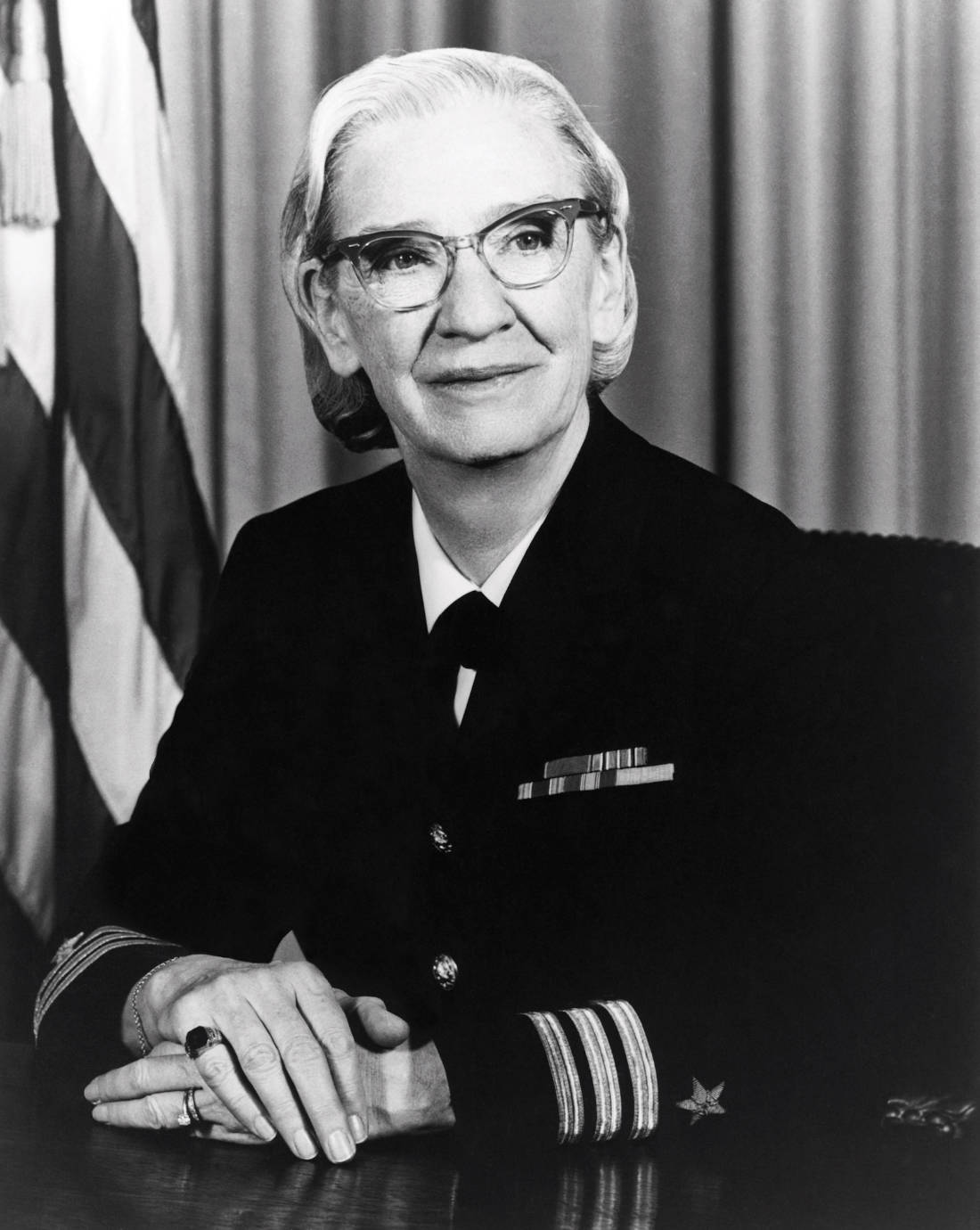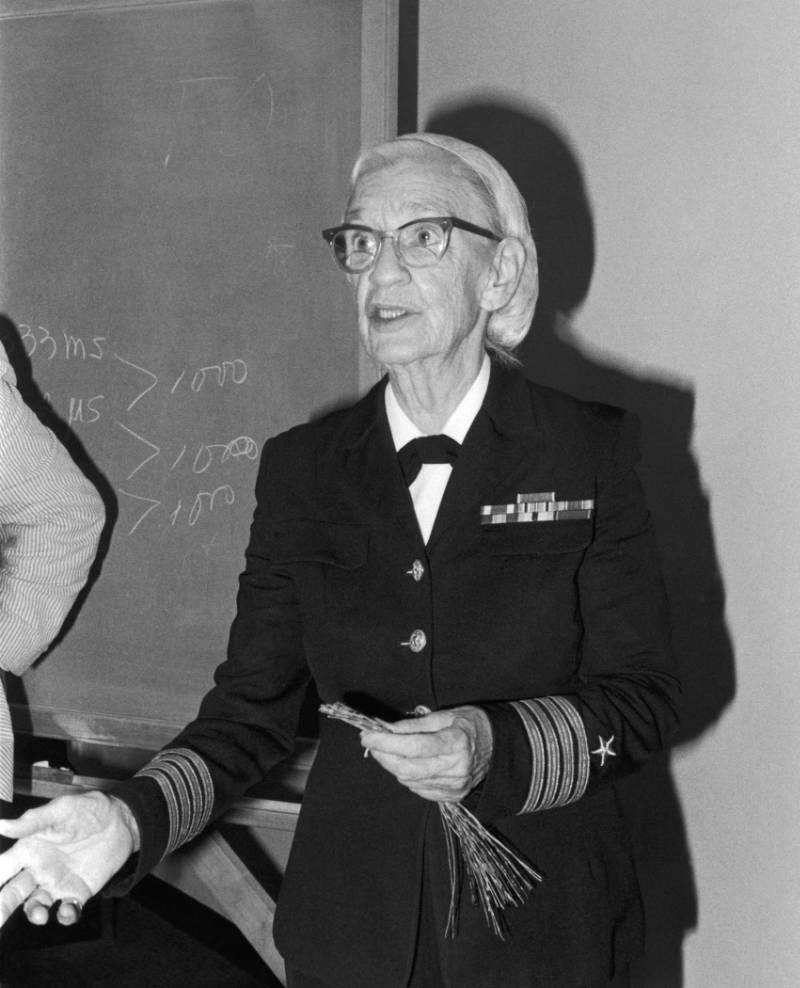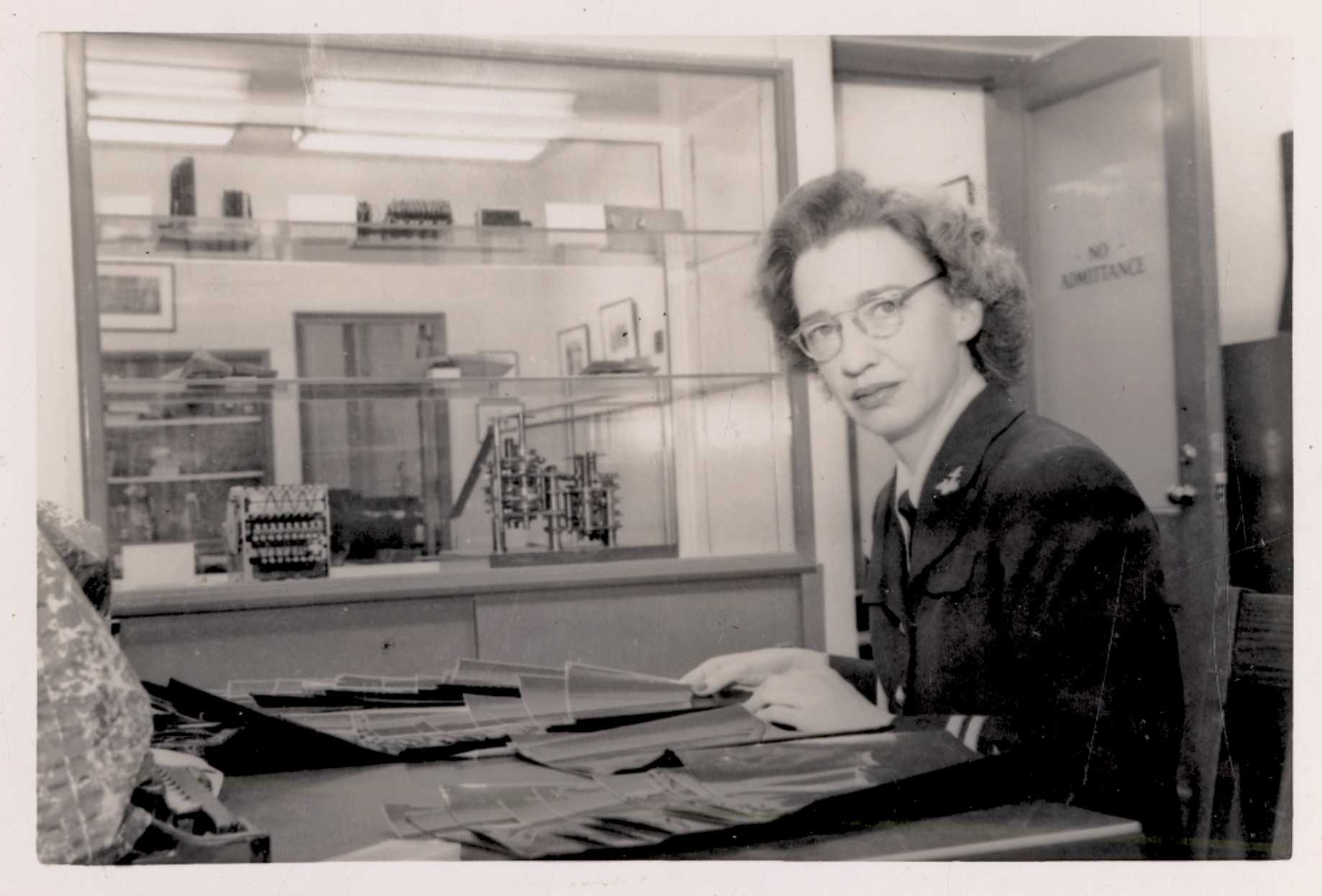Achievements
Grace Hopper pioneered key advancements in computer programming, including the first compiler and the development of COBOL (Common Business-Oriented Language). Her work transformed computing from a specialized science into a practical tool for everyday use.
Contributions to Computing
Naval Career
Advocacy for Education and Innovation
Vassar Spirit
Contributions to Computing
Vassar Spirit
The phrase “It’s easier to ask for forgiveness than to get permission” is often attributed to Hopper and reflects her innovative and boundary-pushing approach to problem-solving and leadership. In many ways, it also embodies the Vassar spirit—curious, fearless, and unafraid to challenge the status quo.

Grace Hopper brought a truly liberal arts approach to how she approached computing and her contributions to the field. She drew from other fields of study that she had access to on campus to inform the burgeoning field of computer science, she used her critical reasoning and communication skills to work through inconceivable challenges and she was a remarkable storyteller. She also saw with great clarity the promise that computing held for the future in transforming how people lived, worked, and connected, and she dedicated her life to making that future more accessible, understandable, and human-centered.
[video goes here]
Contributions to Computing
Grace Hopper revolutionized computing by developing the first compiler and helping create COBOL, making programming more accessible. Her visionary work bridged technology and communication, laying the foundation for modern software development.
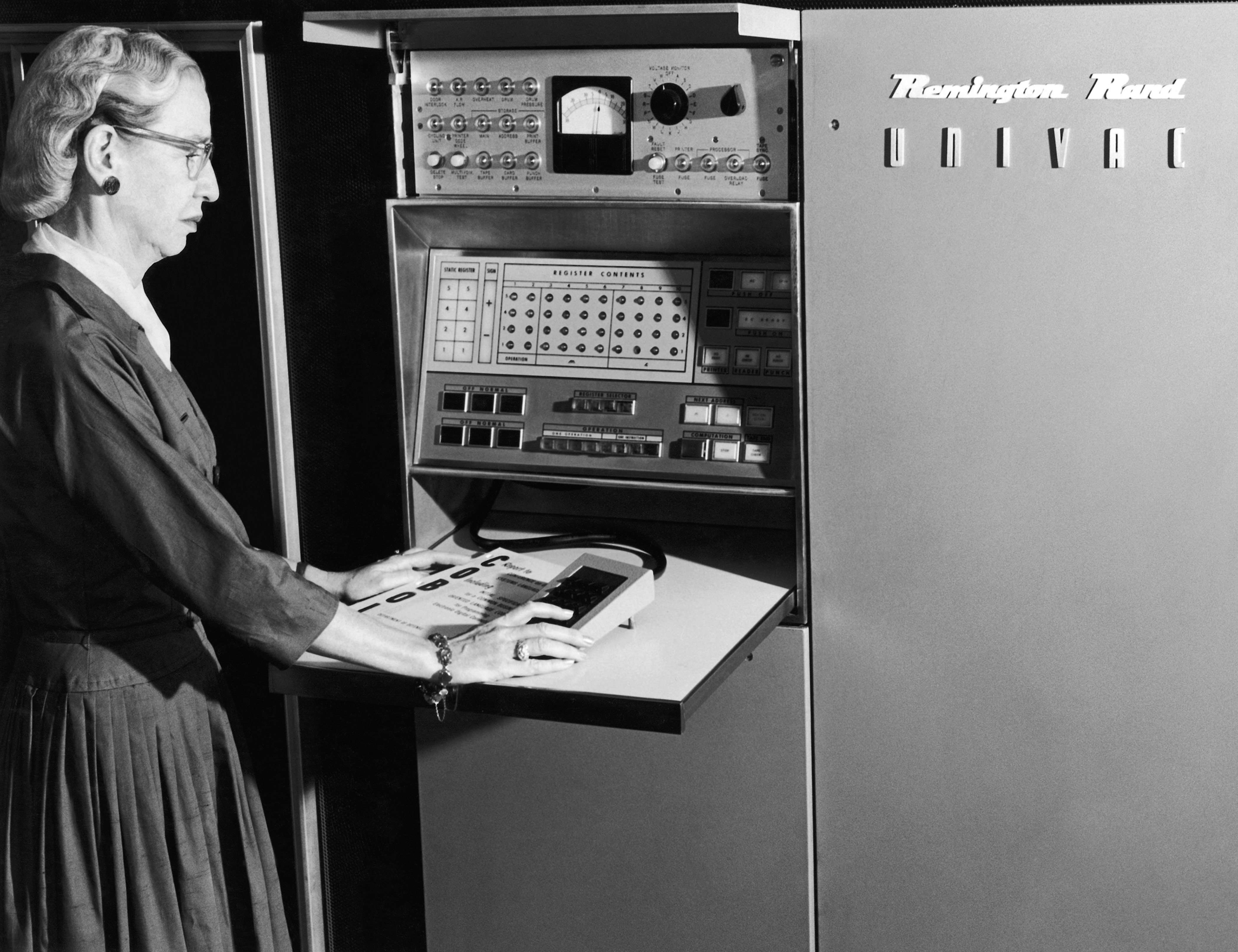
Development of the First Compiler
Hopper developed the first compiler, known as the A-0 system, which translated mathematical code into machine-readable code. This innovation was fundamental in the evolution of programming languages.
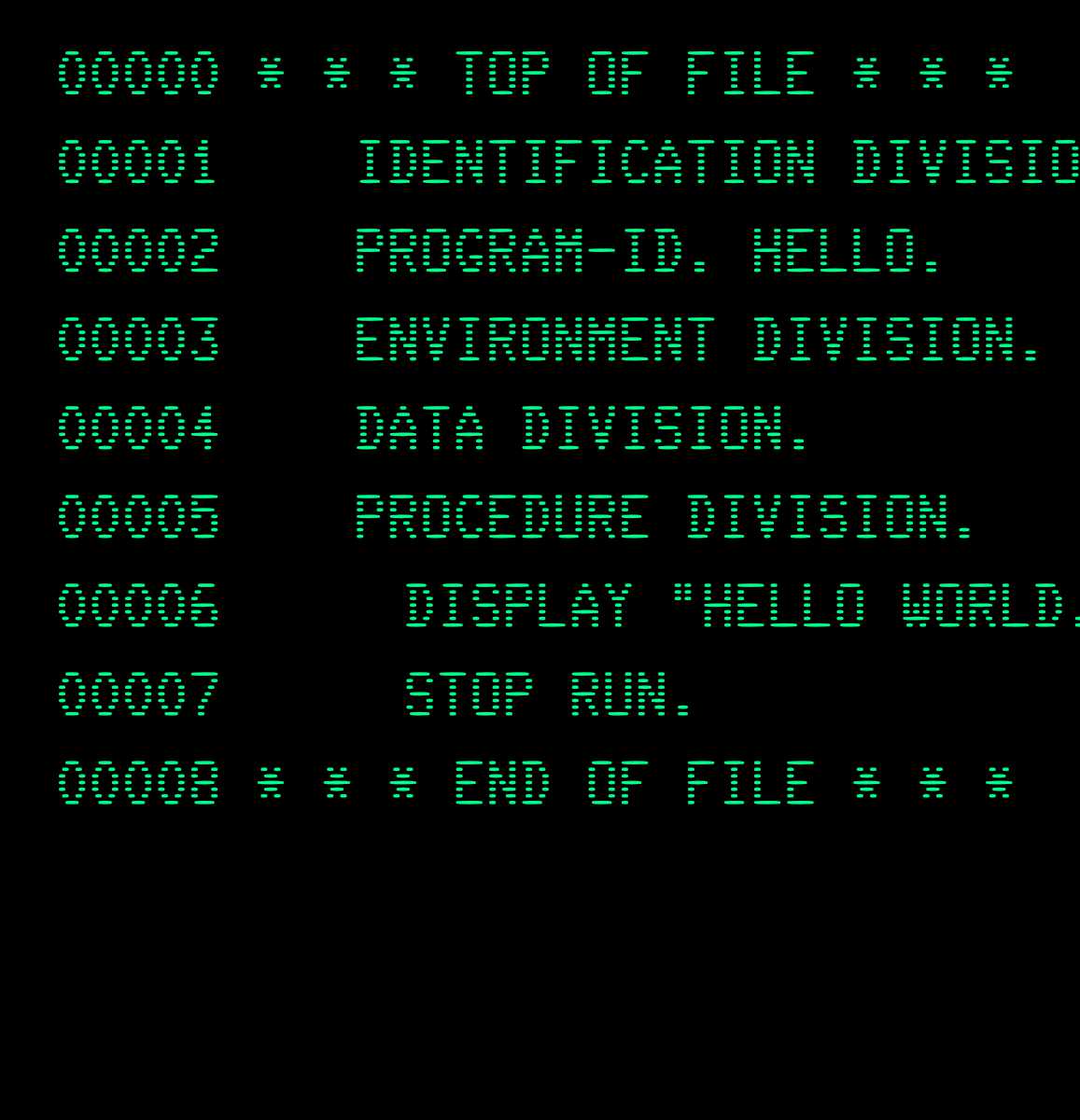
Believed that users should be able to speak to computers in plain English
Hopper played a crucial role in the development of COBOL, one of the earliest high-level programming languages. COBOL is still in use today, particularly in business, finance, and administrative systems.
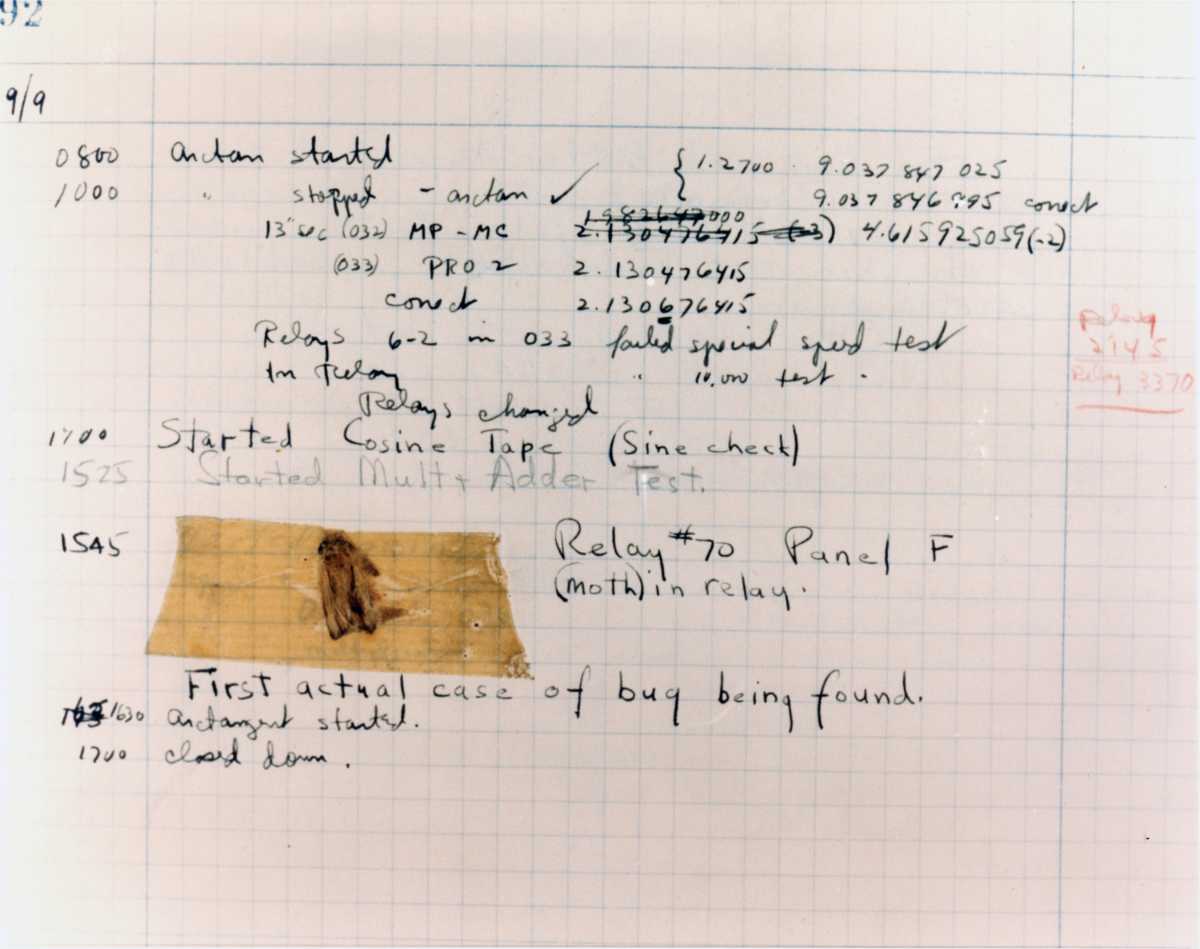
Debugging
Grace Hopper is often credited with popularizing the term “debugging” in the context of computer science. While working on the Harvard Mark II computer in 1947, her team encountered a malfunction caused by a moth that had gotten trapped inside a relay. They carefully removed the insect and taped it into the logbook with the note “First actual case of bug being found.” Although the term “bug” had been used before to describe mechanical glitches, Hopper’s humorous documentation of the incident helped cement “debugging” as a standard term for identifying and fixing problems in computer programs.
Photo courtesy of the Naval Surface Warfare Center, Dahlgren, VA., 1988. U.S. Naval History and Heritage Command Photograph.
Naval Career
Naval Career
A bold trailblazer in uniform, Grace Hopper joined the U.S. Navy Reserve in 1943 and went on to serve for over 40 years. She helped program the Harvard Mark I, led innovations in military computing, and rose to the rank of Rear Admiral. One of the Navy’s most decorated officers, Hopper was also the Navy’s longest serving officer, retiring from the Navy on August 14, 1986 at the age of 79.
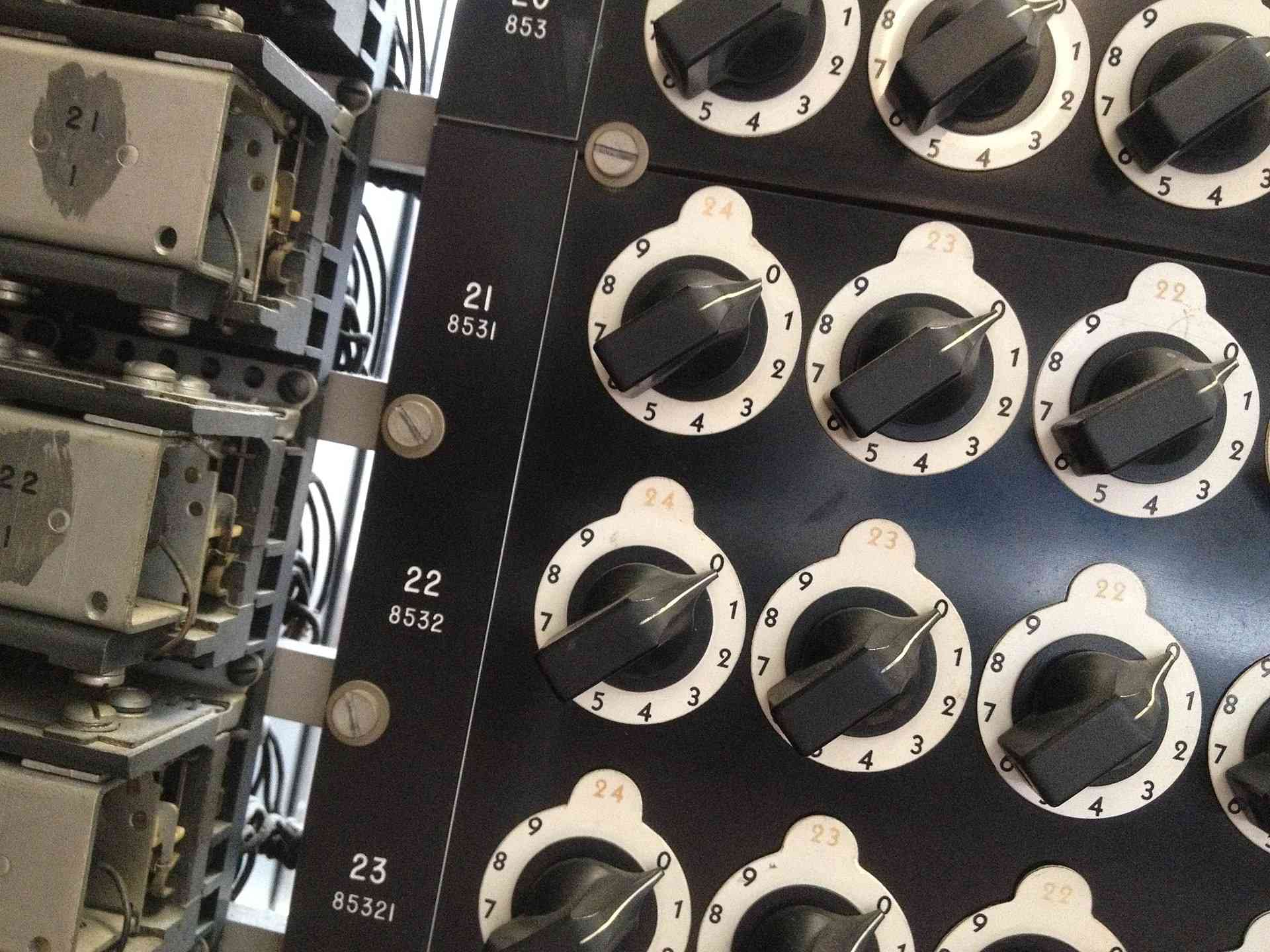
The Mark I
In December 1943, Hopper was assigned to the Bureau of Ships Computation Project at Harvard University, where she worked on the Harvard Mark I computer, one of the earliest electro-mechanical computers, and Hopper’s work involved programming and improving the machine, which was used for various critical military calculations. She went on to write the first computer manual for the Mark I, making complex calculations more accessible to other users. Her work on the Mark I laid the foundation for future advancements in computer programming.
Photo: Arnold Reinhold
